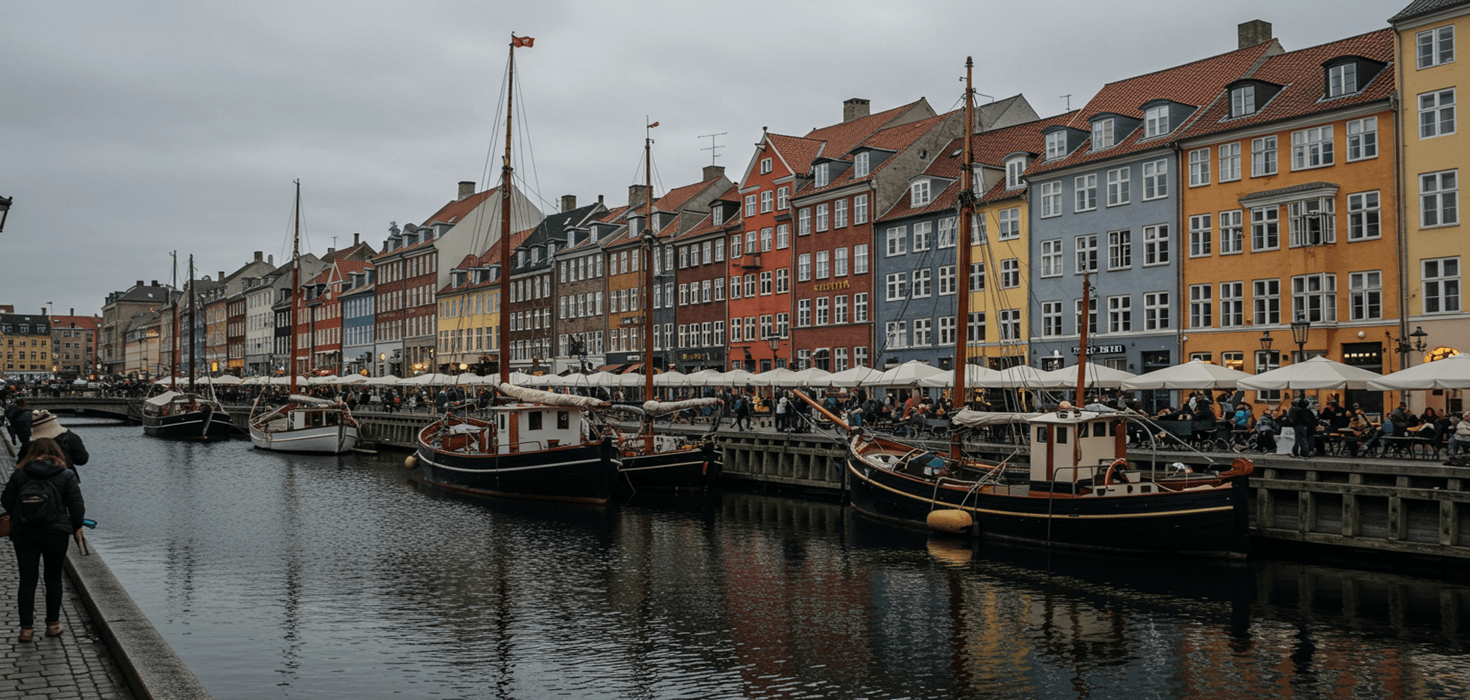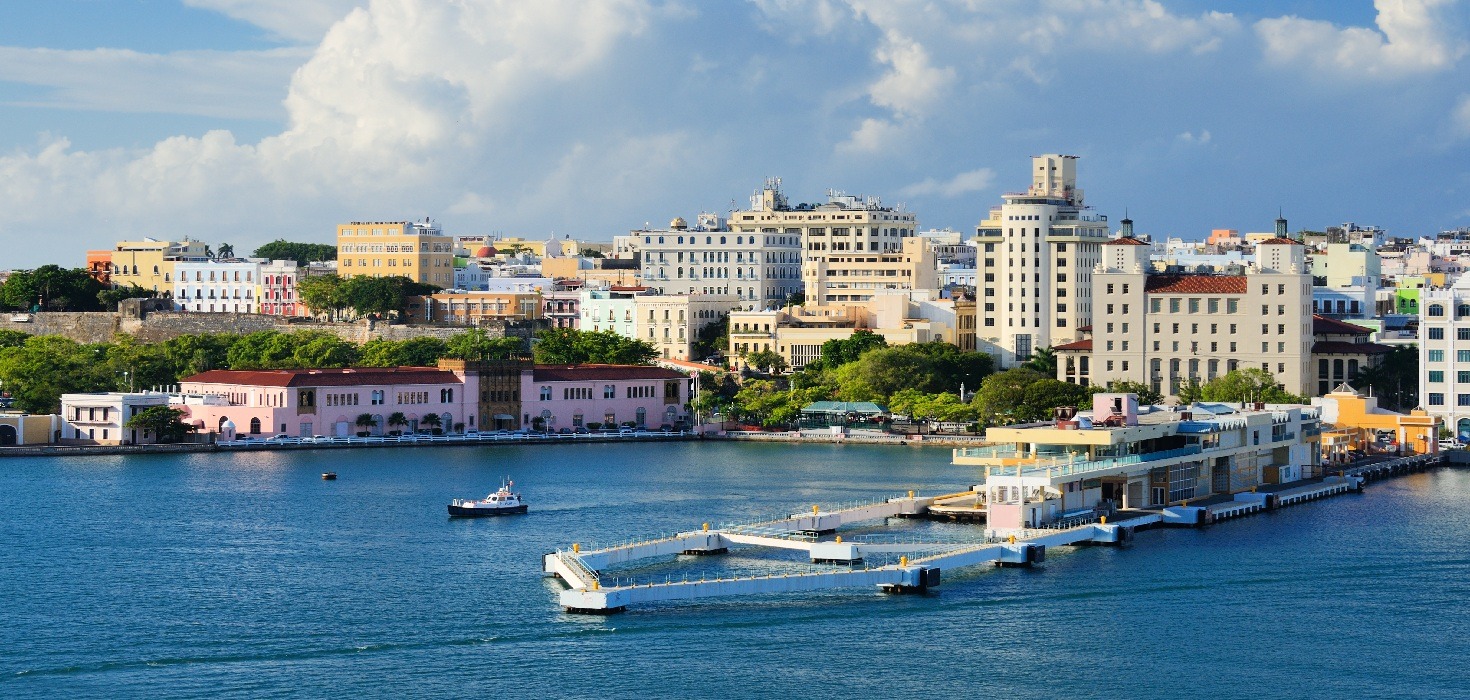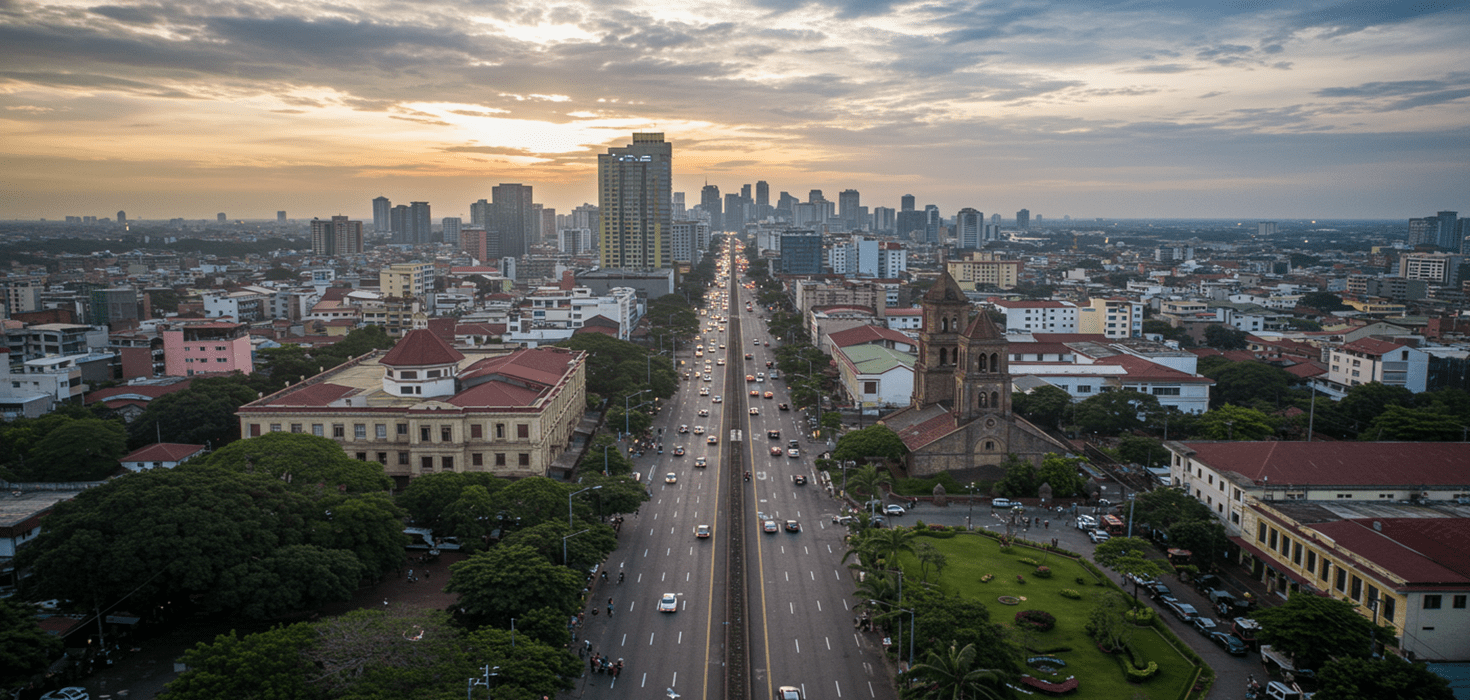Transportation in Denmark
Denmark offers a comprehensive and efficient transportation network, including metros, trains, buses, ferries, and taxis. Major cities are well-connected, and digital payment is widely accepted.
- Public Transport: Copenhagen has the Metro (M1, M2, M3, M4 lines), S-train, and extensive bus services. Aarhus and Odense offer city buses and light rail (Letbanen in Aarhus).
- Ferries: Operate between islands and to Sweden and Germany. Major operators include DFDS and Scandlines.
- Transport Apps: Rejseplanen (route planning), DOT Billetter (ticketing in Greater Copenhagen), DSB (train tickets), and Moovit. Uber and Grab do not operate; local taxi apps include Taxa 4×35 and DanTaxi.
- Internal Flights: Domestic flights connect Copenhagen, Aalborg, Aarhus, and Billund. Main airlines: SAS and DAT.
- Intercity Trains & Buses: DSB runs national trains (e.g., Copenhagen–Aarhus, Copenhagen–Odense). FlixBus and Abildskou provide intercity bus routes.
- Taxis & Ride-Hailing: Taxis are metered; bookable via apps or at stands. No Uber/Grab. Fares are regulated.
- Car Rental: Available at airports and cities. EU/EEA licenses accepted; non-EU travelers may need an International Driving Permit.
- Tourist Recommendations: From Copenhagen Airport, take the Metro or train to the city center (15–20 minutes).
- Accessibility: Most public transport is wheelchair accessible; check operator websites for details.
- Unique Local Transport: Bicycles are widely used; bike rentals and city bike schemes are common.
- Safety & Payment: Transport is reliable and safe. Payment by contactless card, mobile app, or cash (limited on buses).











